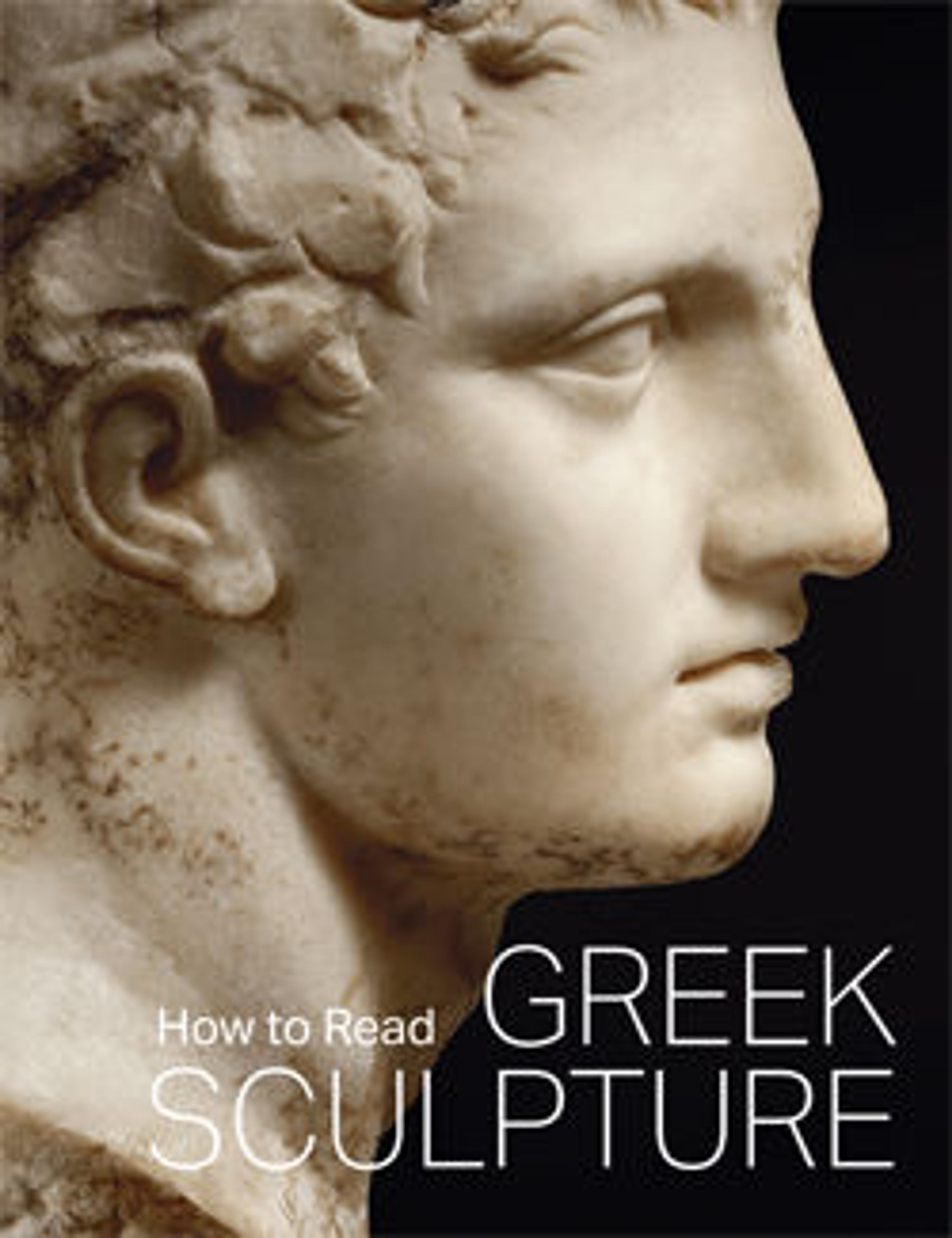Statuette of Arsinoe II for her Posthumous Cult
The inscription on the back of this figure refers to Queen Arsinoe II as a goddess, indicating it was made after 270 B.C. when her cult was established at the time of her death in by her brother and husband, Ptolemy II. Gilding indicating divinity once covered her face, and traces still remain at the edges of her neckline.
While the overall frontal pose and disposition of the limbs in this small statue follows Egyptian traditions, the cornucopia the queen holds is a Greek divine attribute, and her corkscrew are strongly associated with Hellenistic traditions in Egypt. Features of the depiction – the small Cupid’s bow mouth and the large rounded eyes – are also elements from Greek style. Stylistic comparisons indicate this statue was created in the second half of the second century B.C.
Arsinoe’s deification is part of the phenomenon of ruler cults in the Hellenistic world established to honor leaders, sometimes even while living; statues of the deified ruler might be placed in the temples of other gods. The importance of native goddesses like Isis and Hathor might have encouraged the Ptolemies to establish a prominent queen. Worship of Egyptian pharaonic period queens is rather rare, although there are notable exceptions such as Ahmose-Nefertari
While the overall frontal pose and disposition of the limbs in this small statue follows Egyptian traditions, the cornucopia the queen holds is a Greek divine attribute, and her corkscrew are strongly associated with Hellenistic traditions in Egypt. Features of the depiction – the small Cupid’s bow mouth and the large rounded eyes – are also elements from Greek style. Stylistic comparisons indicate this statue was created in the second half of the second century B.C.
Arsinoe’s deification is part of the phenomenon of ruler cults in the Hellenistic world established to honor leaders, sometimes even while living; statues of the deified ruler might be placed in the temples of other gods. The importance of native goddesses like Isis and Hathor might have encouraged the Ptolemies to establish a prominent queen. Worship of Egyptian pharaonic period queens is rather rare, although there are notable exceptions such as Ahmose-Nefertari
Artwork Details
- Title: Statuette of Arsinoe II for her Posthumous Cult
- Period: Ptolemaic Period
- Date: ca. 150–100 B.C.
- Geography: From Egypt
- Medium: Limestone, paint, gold leaf
- Dimensions: H. 38.7 cm (15 1/4 in); W. 9.6 cm (3 3/4 in); D. 13.2 cm (5 3/16 in)
- Credit Line: Rogers Fund, 1920
- Object Number: 20.2.21
- Curatorial Department: Egyptian Art
More Artwork
Research Resources
The Met provides unparalleled resources for research and welcomes an international community of students and scholars. The Met's Open Access API is where creators and researchers can connect to the The Met collection. Open Access data and public domain images are available for unrestricted commercial and noncommercial use without permission or fee.
To request images under copyright and other restrictions, please use this Image Request form.
Feedback
We continue to research and examine historical and cultural context for objects in The Met collection. If you have comments or questions about this object record, please contact us using the form below. The Museum looks forward to receiving your comments.
